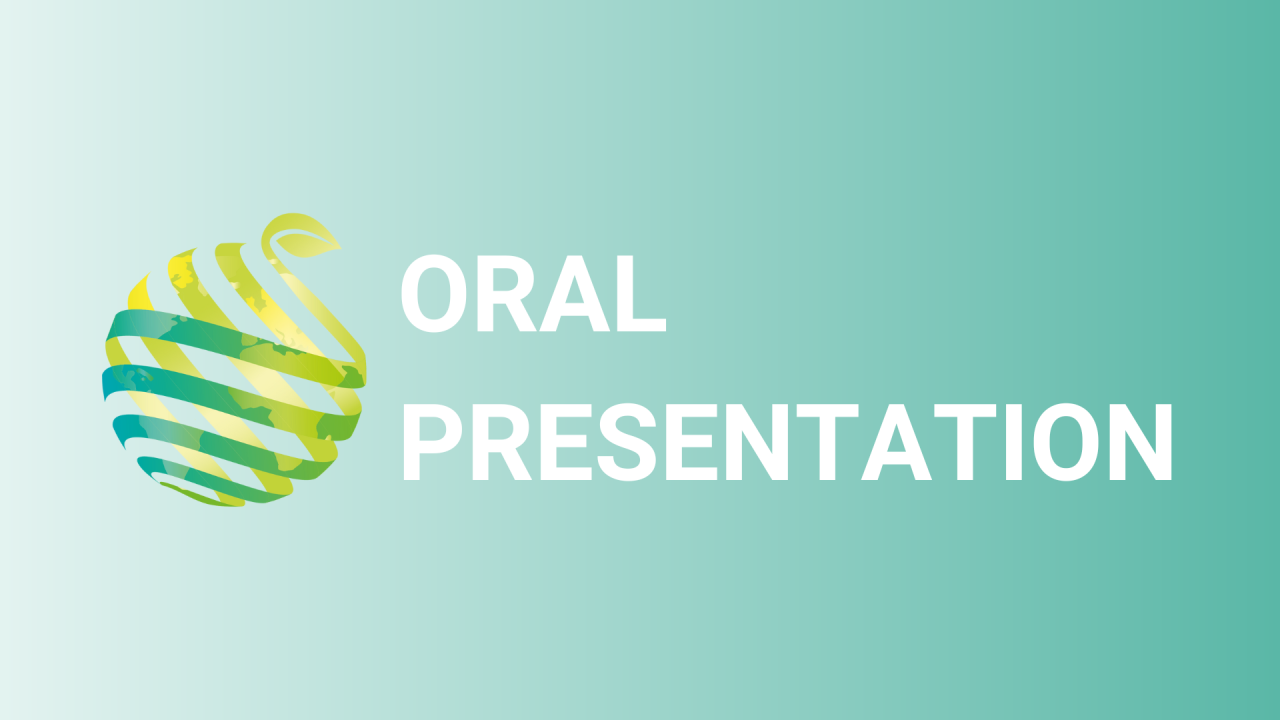

S25 - Session O4 - Growing medicinal plant Artemisia in vertical farming under different LED light conditions
Information
Authors: Martina Carlessi *, Benjamin Franchetti, Aurora Venco, Fabio Pietrolucci, Carolina Ramos, Stefano Negri, Simone Trunzo, Marco Chiodelli Palazzoli, Linda Avesani, Flavia Guzzo
Malaria is one of the most serious health problems in developing countries. According to the WHO, in 2020, about half of the world's population was at risk of Malaria, with an estimated 241 million cases worldwide. One of the most effective and inexpensive antimalarial therapies is the administration of artemisinin. This bioactive compound is obtained by extraction from leaves of the medical plant Artemisia annua L. Low concentration of artemisinin within the plant, and the fluctuating costs due to its inconsistent availability still represents a major bottleneck for the large-scale, sustainable production of these bioactive compounds. In this work, we report Indoor Vertical Farming as a promising system for a sustainable production of the Artemisia plant. Indoor vertical farming consists in growing plants in a closed and fully controllable environment, not conditioned by external environmental conditions. Such growing conditions guarantees a high-quality and consistent production with high concentration of the desired active molecules. Using this farming practice, it is possible to engineer the growth of medicinal plants, which will express their maximum potential, allowing to obtain a product of high therapeutic value. Several studies have demonstrated how the artemisinin content varies during plant development and how the accumulation of this molecule can be affected by photoperiod and light intensity. Our research focused on the improvement of Artemisia Annua L. growth and on methods for increasing the artemisinin content, by varying the LED light properties. Specific indoor vertical farming procedures were established for the optimization of Artemisia growth. Leaves samples were harvested at two different time points during the plant's growth. Artemisinin content was analyzed using the UPLC-MS/MS method and a significant amount of this compound was observed in all the samples. The results show how Indoor Vertical Farming has the potential for an efficient and sustainable production of Artemisia plants.